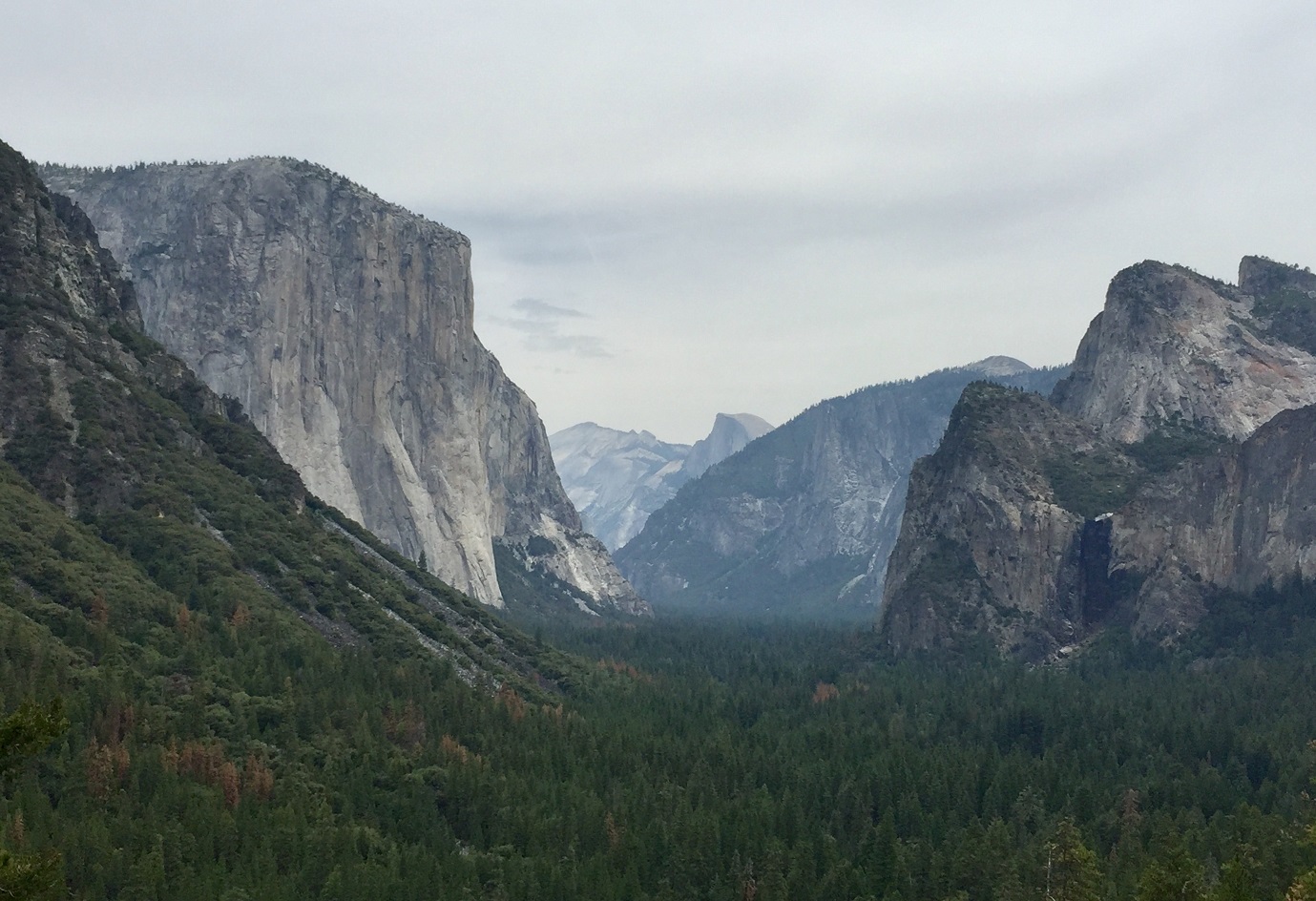Tunnel View in Yosemite National Park. Photo courtesy of Kristen Byrne.
Nearly 50 years ago, famed photographer Ansel Adams peered into the Yosemite Valley through a camera lens and captured some of the most iconic national park photos ever.
But beautifully filtered photographs are just the highlight reel when it comes to national parks. As the National Park Service wraps up its centennial celebration for 2016, our parks face serious underlying problems that aren’t captured in our social media feeds. The agency has a $12 billion backlog of maintenance projects that range from raw sewage spilling into once-pristine rivers to crumbling roadways.
Last week, Congress passed the National Park Service Centennial Act, which would help generate several new funding sources for capital improvements and better leverage private donations. While this constitutes progress, it will take much more to reinvigorate the crown jewels of our American landscape.
Yosemite alone has more than half-a-billion dollars in unfunded projects. Yellowstone, the park’s debatably more famous sibling, requires more than $630 million in maintenance. And across the country, the Blue Ridge Parkway has $517 million in unfunded needs – more than $1 million for every mile of the route that meanders through the Appalachians.
You probably won’t see these problems in a #FindYourPark social media campaign, but they are real. And if left unaddressed, it could be a lot harder for people to snap their own brag-worthy pictures next year.
So can we blame Congress for neglecting to fund our parks? Partly. Legislators have certainly kicked the can down the road for years, and it’s unlikely that Congress will solve these problems by simply increasing the budget for maintenance projects. After all, the size of the current backlog is about five times higher than the entire budget for the National Park Service.
But park maintenance neglect isn’t the only issue. Even with billions of dollars in needed improvements on its existing lands, the federal government continues to acquire more land. More land equals more maintenance, and more maintenance means more money needed. Given the mountain of necessary maintenance already accrued, more land equals more problems.
If federal land acquisition is inevitable, there might be a more creative way to do it: Leave the maintenance and operations of new parks to nonprofit groups or private entrepreneurs.
To help limit the specter of ever-larger maintenance requirements, Congress could establish a system whereby nonprofits, private citizens or even businesses would own and operate lands under the National Park Service “brand.” This “national park franchise” idea was explored in a recent interview with Property and Environment Research Center’s Terry Anderson in Outside Magazine.
But this would not mean that commercial interests would take over our parks – or that McDonald’s would be built at the edge of the Grand Canyon. Rather the Park Service would have strict standards that private managers must meet in order to retain use of its brand. Park maintenance would also be the responsibility of the franchisee, so new parks would not add to the agency’s massive maintenance backlog.
People are obviously enamored with our parks. But if we don’t come up with alternative ways to tackle this $12 billion anchor tied to the system, the next generation of Americans may have a harder time seeing the beautiful parts of our parks, like the ones captured on our social media feeds – let alone those majestic black-and-white vistas photographed by Adams.
This article originially appeared in The Sacramento Bee on December 17, 2016.




